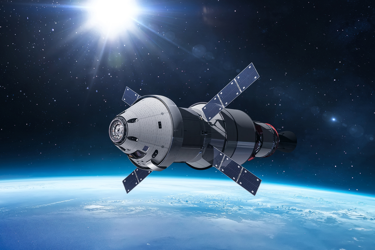U.S. Space Force Is Getting Closer To The Edge

By John Oncea, Editor

As our military continues to modernize, edge computing is becoming increasingly important. Its value lies in connecting not only individual soldiers, machines, ships, and airplanes, but also to a wider network of all available weapons and military assets.
Edge computing involves networks and devices situated near the user. Processing data in this manner leads to faster and more voluminous processing, thereby producing real-time actionable results. This approach differs from the conventional centralized computing model and offers several distinct benefits.
The aerospace and defense industry is embracing edge computing and for good reason. Thanks to the progress made in cloud computing and IoT technologies, edge computing is providing the defense sector with real-time data processing, low-latency communication, improved security, and operational efficiency.
Spacewerx, the innovation arm of the United State Space Force (USFF), announced a collaboration with Wallaroo Labs to solve edge computing challenges in space last year, reported AI Business. “The mission of the USSF is to organize, train, and equip Guardians to conduct global space operations that enhance the way our joint and coalition forces fight,” said Joel Mozer, director of science, technology, and research at Spacewerx. “To do this effectively, we must invest in artificial intelligence (AI) and machine learning (ML) capabilities that can be deployed in the cloud and at the edge.”
With the help of Wallaroo's platform, USSF can simulate AI and ML algorithms on edge computers in space. This addresses the challenge posed by the limited computing capacity available on spacecraft as compared to their terrestrial counterparts.
Edge computing advancements offer life-saving possibilities for the defense community and warfighters. With minimal connectivity requirements, troops gain valuable insights into remote locations, including vital information such as weather conditions and sensitive data. This enables the military to make informed decisions that can be put into action. As edge computing security continues to advance, its defensive applications can expand even further.
